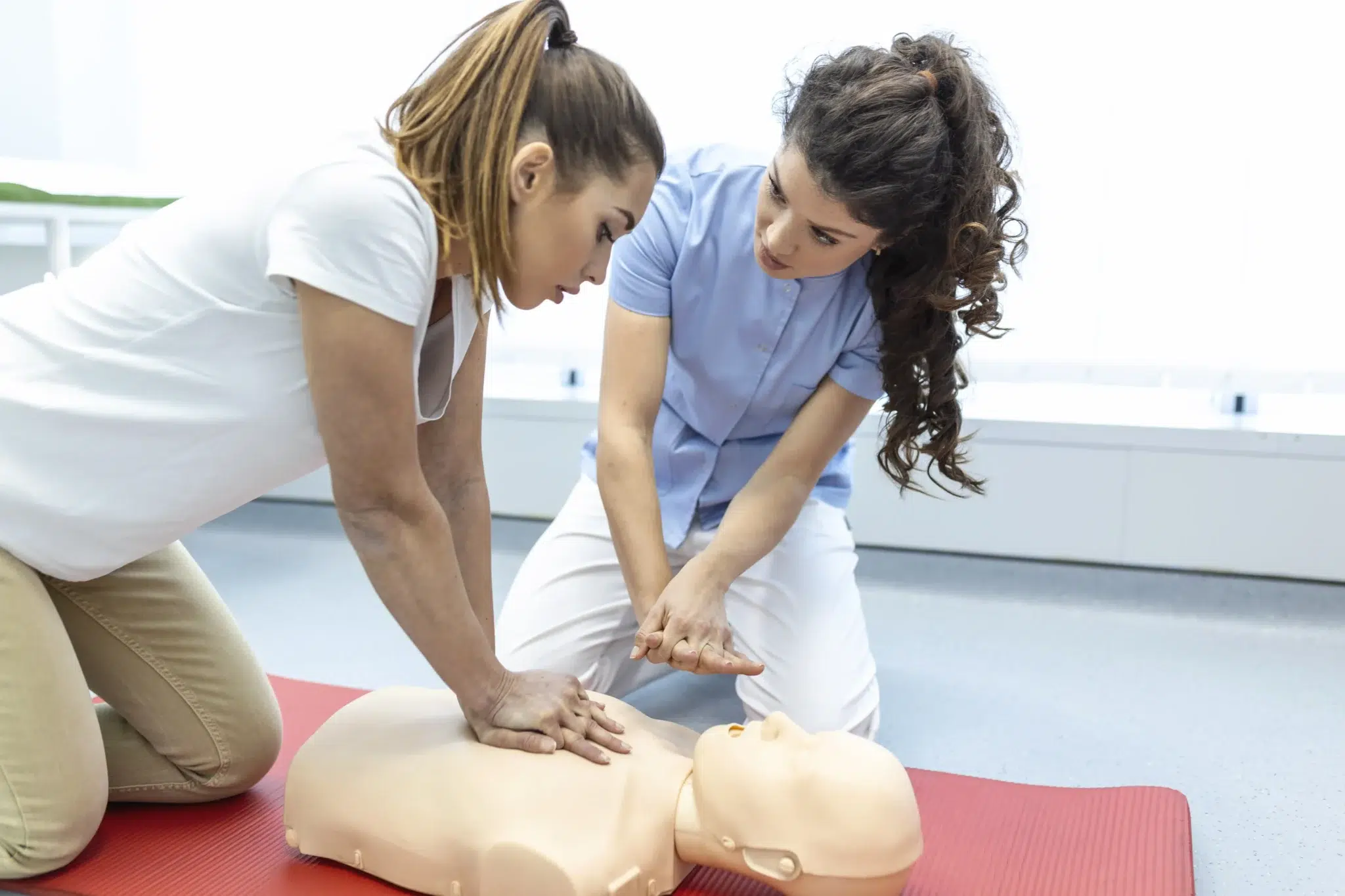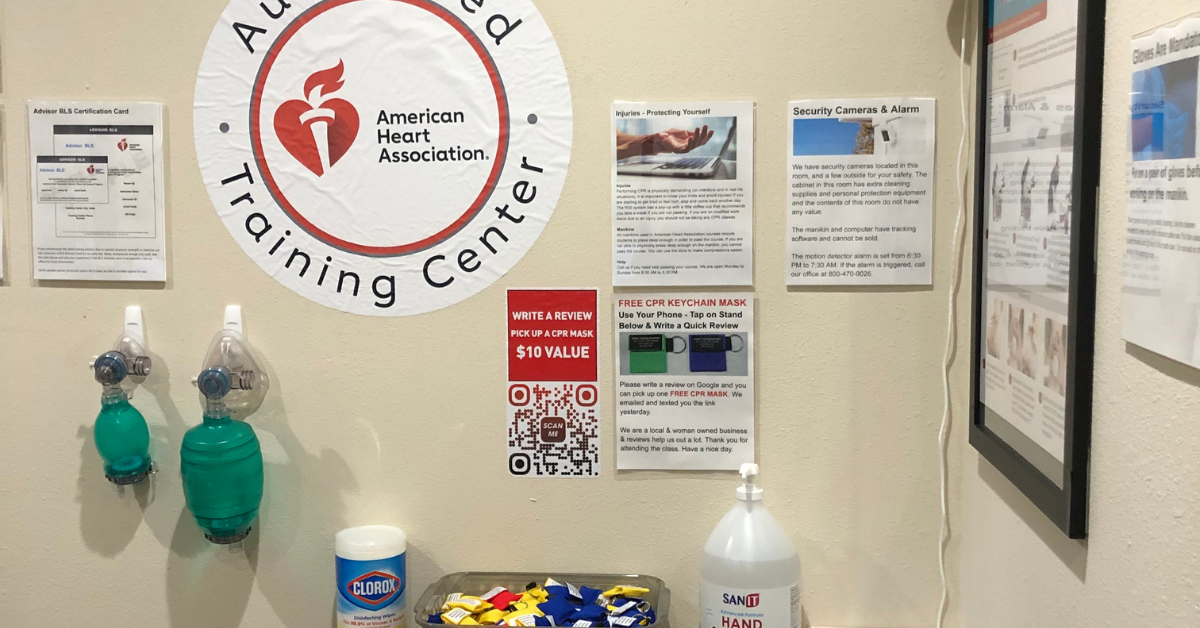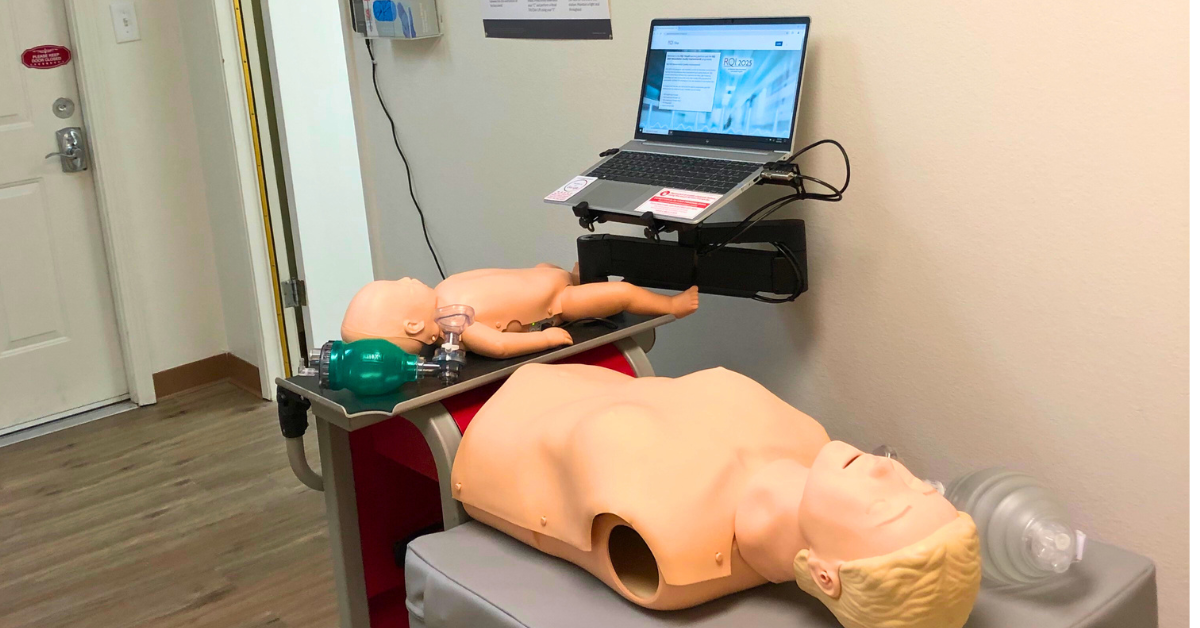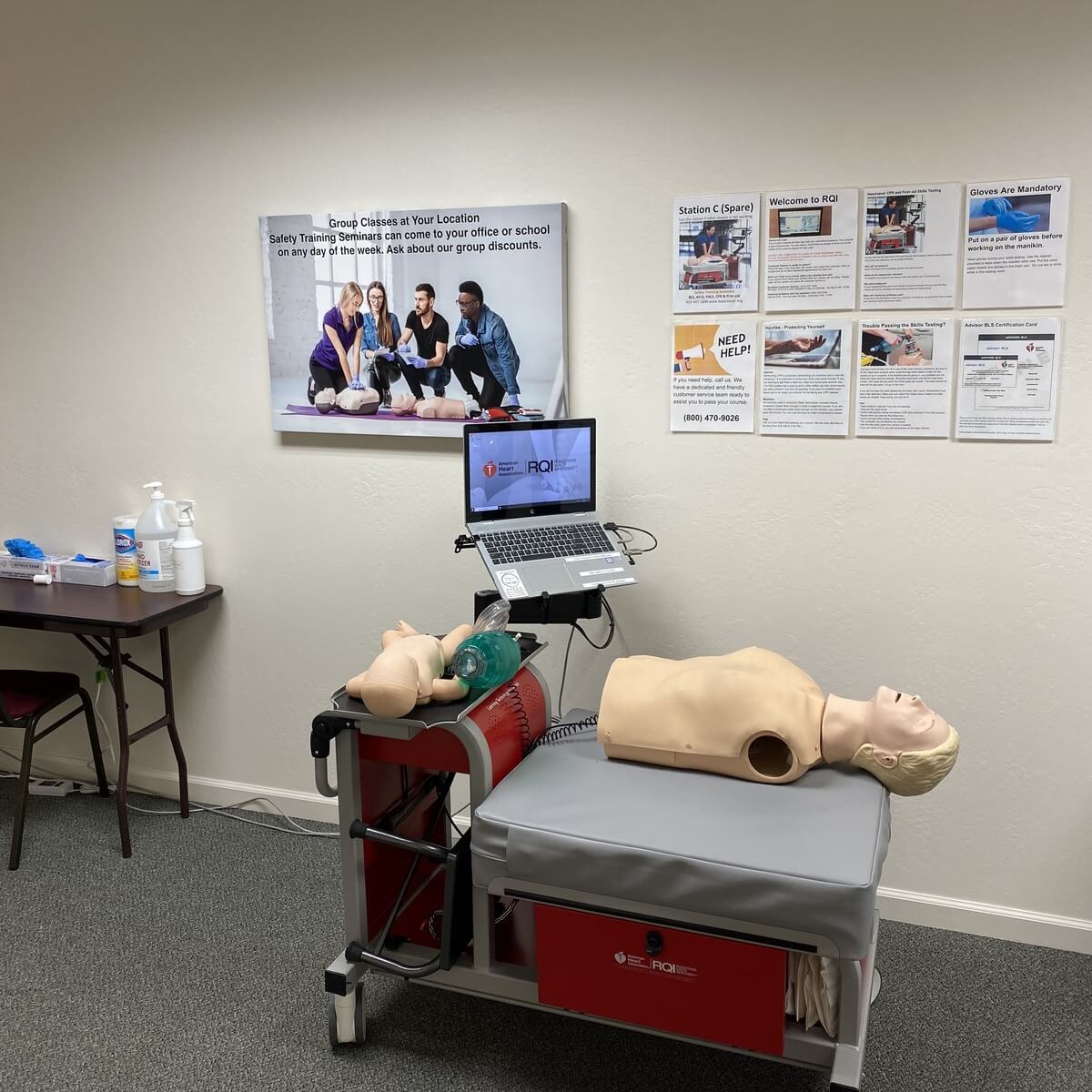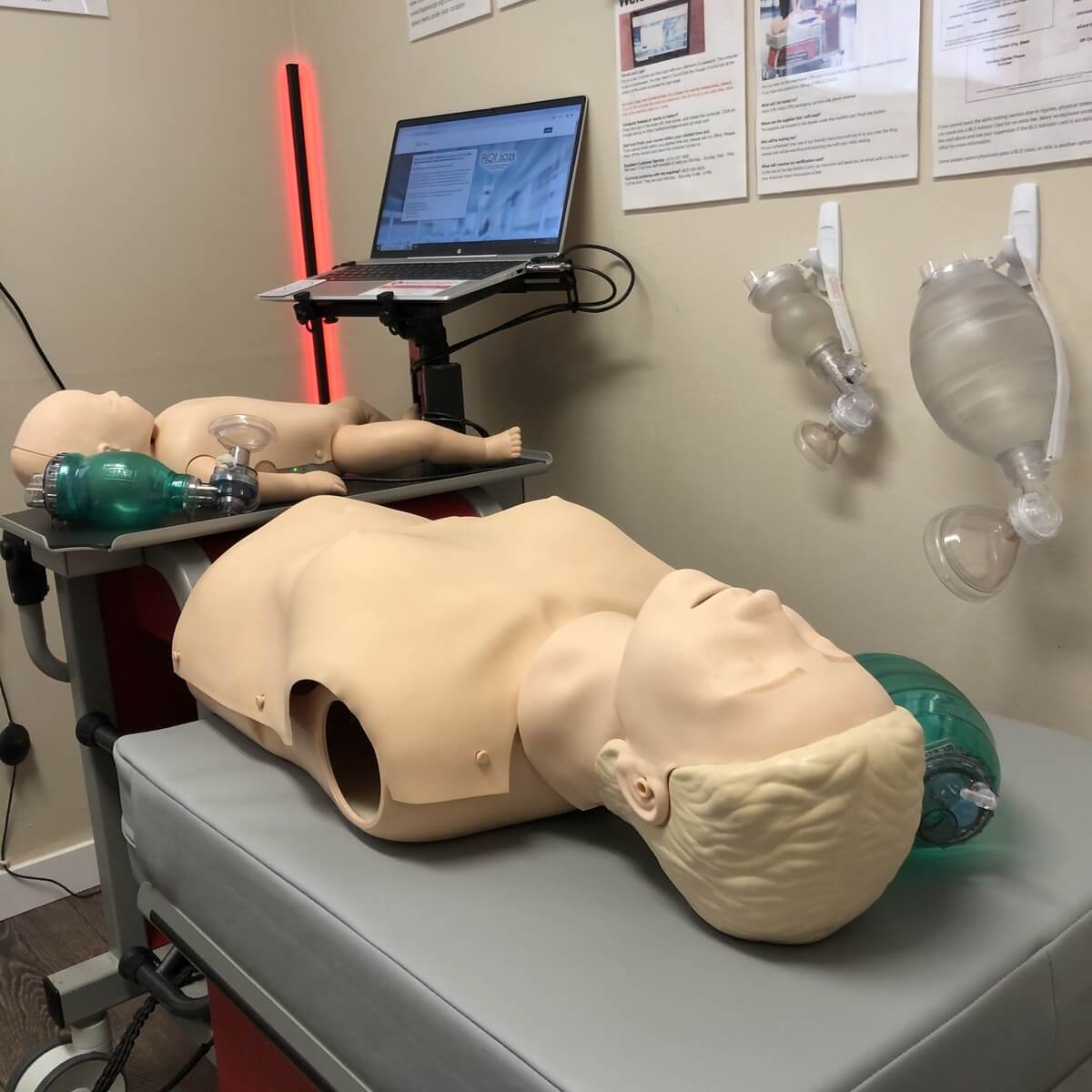When someone experiences sudden cardiac arrest, every second counts. The difference between life and death often comes down to whether a trained bystander is nearby, ready to act. Thanks to the American Heart Association’s comprehensive training programs, more Americans than ever before are equipped with the skills to save lives during these critical moments.
The statistics are compelling: immediate CPR can double or even triple a victim’s chance of survival. As AHA training becomes more widespread and accessible, communities across the nation are witnessing remarkable improvements in cardiac arrest survival rates. This transformation isn’t happening by accident—it’s the result of decades of scientific research, innovative training methods, and a commitment to making life-saving skills available to everyone.
The Science Behind AHA’s Life-Saving Impact
Evidence-Based Training Makes the Difference
The American Heart Association’s approach to CPR training isn’t based on outdated methods or guesswork. Every technique taught in AHA programs stems from rigorous scientific research and real-world data analysis. The organization continuously updates its CPR and Emergency Cardiovascular Care (ECC) guidelines to reflect the latest discoveries in resuscitation science.
This commitment to evidence-based training ensures that participants learn the most effective techniques available. When someone trained through an AHA program responds to a cardiac emergency, they’re applying methods that have been proven to maximize survival chances in clinical studies and emergency situations worldwide.
The Power of High-Quality CPR
Not all CPR is created equal. The AHA places significant emphasis on teaching high-quality CPR techniques that make the crucial difference between successful and unsuccessful resuscitation attempts. This focus includes:
Proper chest compression depth and rate: AHA training teaches the optimal compression depth of at least 2 inches for adults, delivered at a rate of 100-120 compressions per minute. These specific parameters have been scientifically proven to maintain blood flow to vital organs during cardiac arrest.
Minimizing interruptions: Every pause in chest compressions reduces the victim’s chances of survival. AHA programs train participants to maintain continuous, high-quality compressions with minimal interruptions.
Hands-only CPR for adults: For untrained bystanders or those uncomfortable with rescue breathing, the AHA promotes hands-only CPR, which has been shown to be nearly as effective as conventional CPR for adult victims.
Understanding the Chain of Survival
Four Critical Links
AHA training emphasizes the Chain of Survival concept, which identifies four critical links that must work together to maximize survival chances:
- Early recognition and activation of emergency response
- Early CPR with emphasis on chest compressions
- Rapid defibrillation
- Effective advanced life support and post-cardiac arrest care
By training individuals to strengthen each link in this chain, the AHA creates a comprehensive approach to emergency response that goes beyond basic CPR techniques.
Community-Wide Impact
When entire communities embrace AHA training, the Chain of Survival becomes more robust. Schools, workplaces, and public spaces filled with trained individuals create networks of potential lifesavers. This community-wide approach means that no matter where a cardiac emergency occurs, there’s a higher likelihood that someone nearby can provide immediate, high-quality care.
Real-World Success Stories and Initiatives
The “Nation of Lifesavers” Campaign
The AHA’s ambitious “Nation of Lifesavers” campaign represents a coordinated effort to transform bystanders into confident, capable first responders. This nationwide initiative focuses on CPR and AED awareness and education, reaching communities that may have previously lacked access to life-saving training.
The campaign’s success can be measured not just in the number of people trained, but in the documented saves that result from this expanded training network. Each person who completes AHA training becomes a potential lifesaver, creating ripple effects throughout their community.
High-Profile Cases Drive Awareness
The cardiac arrest experienced by NFL player Damar Hamlin during a nationally televised football game brought sudden cardiac arrest into the spotlight. This incident highlighted several crucial elements of AHA training:
- The importance of immediate recognition and response
- The critical role of automated external defibrillators (AEDs)
- How proper training enables quick, effective action under pressure
Following this high-profile case, there has been increased advocacy for CPR and AED training in schools and athletic venues, demonstrating how real-world events can accelerate the adoption of life-saving education.
Addressing Training Disparities
The AHA recognizes that survival rates shouldn’t depend on zip code or socioeconomic status. The organization actively works to ensure that underrepresented groups, including those in low-income communities, have equal access to CPR and AED training.
This commitment to equity is crucial because cardiac arrest doesn’t discriminate—it can happen to anyone, anywhere. By expanding training access to all communities, the AHA is working to eliminate survival disparities that have historically existed based on geography and economic factors.
Advanced Training for Enhanced Outcomes
ACLS Training Benefits
While basic CPR training empowers bystanders to provide immediate care, Advanced Cardiac Life Support (ACLS) training takes emergency response to the next level. Studies consistently show that the presence of ACLS-trained personnel during resuscitation efforts significantly increases both short-term and long-term survival rates following cardiac arrest.
ACLS training covers:
- Advanced airway management
- Pharmacological interventions
- Team-based resuscitation approaches
- Post-cardiac arrest care protocols
Healthcare professionals and emergency responders with ACLS certification can provide the advanced interventions needed to bridge the gap between basic life support and hospital-based care.
Continuous Education and Skill Maintenance
AHA training doesn’t end with initial certification. The organization emphasizes the importance of regular skill refreshers and recertification to ensure that trained individuals maintain their competency over time. This ongoing education approach helps preserve the quality of emergency response and keeps pace with evolving best practices.
Technology and Innovation in AHA Training
Modern Training Methods
The AHA has embraced technology to make training more accessible and effective. Online learning components, interactive simulations, and mobile apps complement traditional hands-on training sessions. These innovations help ensure that more people can access high-quality training regardless of their location or schedule constraints.
AED Integration and Access
Automated External Defibrillators are becoming increasingly common in public spaces, thanks in part to AHA advocacy efforts like support for the Access to AEDs Act. AHA training programs include AED familiarization, ensuring that trained individuals can confidently use these devices when needed.
The combination of widespread AED placement and comprehensive training creates a powerful synergy that significantly improves survival odds for cardiac arrest victims.
The Numbers Behind the Impact
Quantifiable Improvements
The impact of AHA training on survival rates isn’t just anecdotal—it’s measurable. Communities with higher rates of CPR training consistently demonstrate better cardiac arrest survival outcomes. The organization tracks these metrics carefully, using data to refine training approaches and identify areas where additional focus is needed.
Long-Term Survival Benefits
Beyond immediate survival, AHA training contributes to better long-term outcomes for cardiac arrest survivors. When high-quality CPR is administered quickly, it helps preserve brain function and reduces the likelihood of long-term complications. This means that AHA training doesn’t just save lives—it helps ensure that survivors can maintain their quality of life after recovery.
Building a Nationwide Network of Lifesavers
The true power of AHA training lies in its cumulative effect. Each newly trained individual adds to a growing network of potential lifesavers spread across communities nationwide. This network effect means that the impact of AHA training extends far beyond the specific individuals who complete courses.
As more people gain confidence in their ability to respond to cardiac emergencies, communities become more resilient. Workplaces, schools, sports venues, and public spaces all become safer when filled with individuals who know how to recognize cardiac arrest and respond appropriately.
The ripple effects continue as trained individuals often encourage family members, friends, and colleagues to pursue training themselves. This organic growth of the trained population creates momentum that accelerates the positive impact on survival rates.
Your Role in Changing Survival Rates
The transformation in cardiac arrest survival rates happening across America isn’t limited to healthcare professionals or emergency responders. Every person who completes AHA training becomes part of this life-saving network. Whether you’re a teacher, office worker, parent, or student, your training could be the difference between life and death for someone in your community.
Consider taking the next step by enrolling in an AHA CPR course in your area. Many programs can be completed in just a few hours, but the skills you learn could serve you—and others—for a lifetime. Additionally, advocate for CPR training in your workplace, school, or community organization. The more people who are trained, the stronger the safety net becomes for everyone.
The evidence is clear: AHA training is making a measurable difference in survival rates nationwide. By joining this movement, you’re not just learning a skill—you’re becoming part of a solution that saves lives every single day across America.
Before advancing to ACLS training, it’s essential to build a strong foundation in basic life support. Taking courses such as BLS CPR Classes in Berkeley or BLS CPR Classes in Redding ensures participants are confident in core CPR skills, which are vital for responding effectively in high-pressure situations. These classes are the first step for many healthcare professionals aiming to elevate their emergency response capabilities.


